These locations across Sardinia include ancient ruins, natural springs, underground tombs, caves with stalactites, wall murals, prehistoric cult sites, lighthouses, beaches, and geological formations. The sites present regional history from prehistoric to modern times.
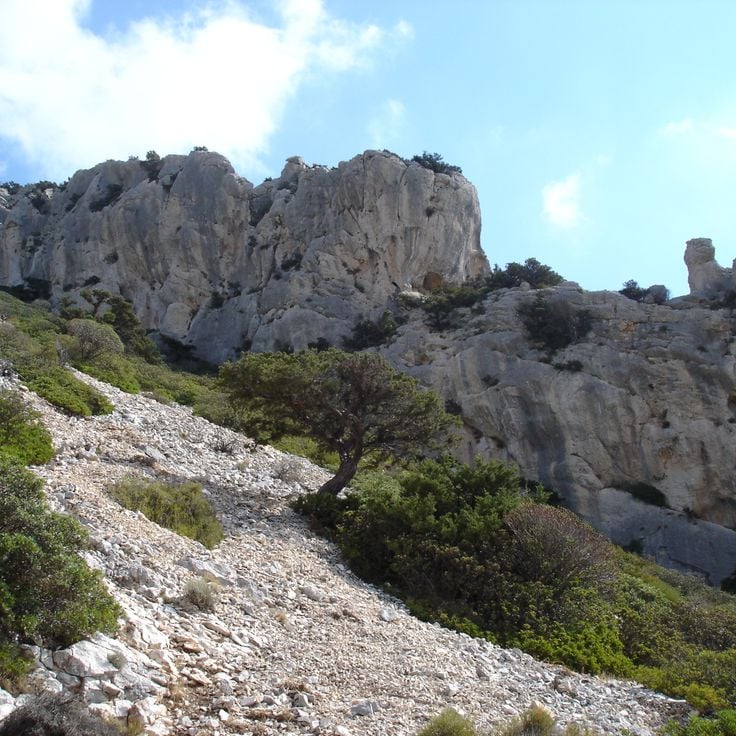
Dorgali, Italy
This Nuragic settlement sits inside a mountain cave. The remains display the construction methods and lifestyle of prehistoric inhabitants.
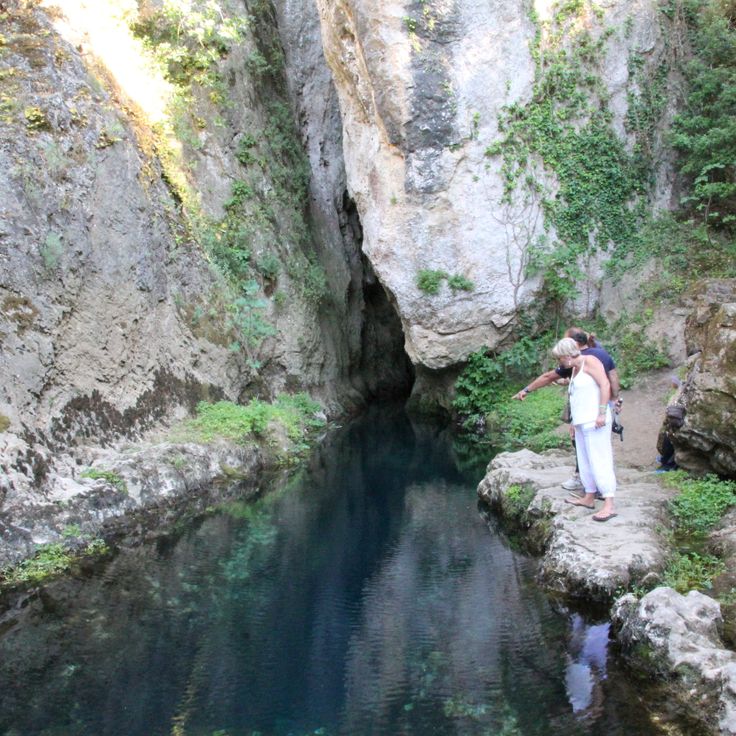
Oliena, Italy
This water spring flows from limestone formations. The water appears deep blue due to its depth and reaches 135 meters.

Bonorva, Italy
This burial site contains twenty chambers cut into rock. The tombs date from between 3000 and 2700 BCE.

Dorgali, Italy
This karst cave contains a 38-meter high calcite column. The vertical cave extends to a depth of 280 meters.
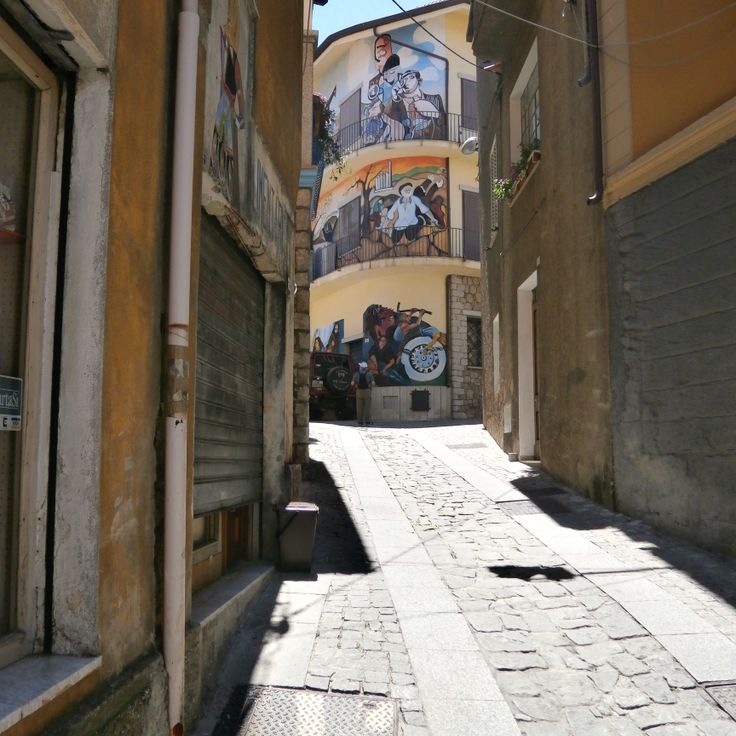
Orgosolo, Italy
The house walls of this Sardinian village display over 150 political and social murals painted since 1968.
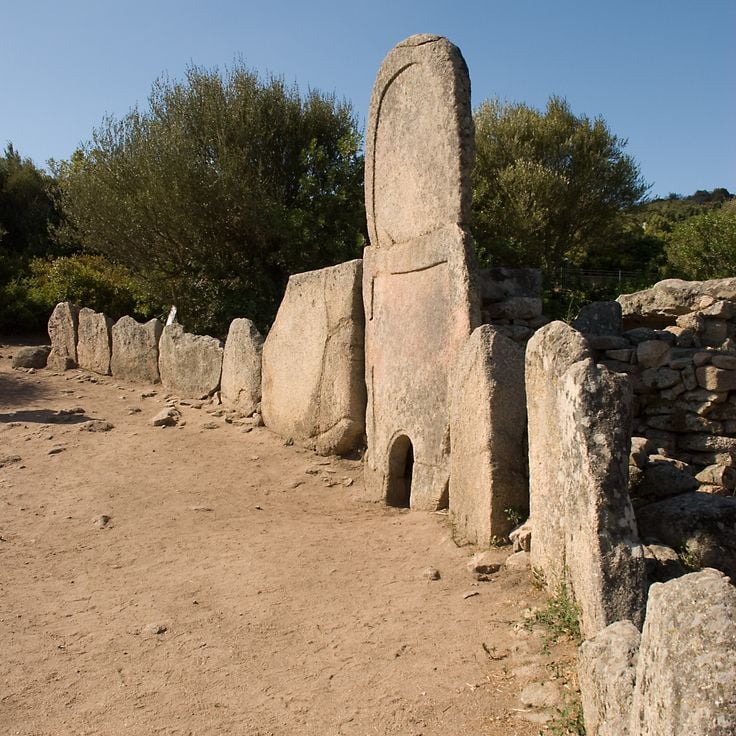
Arzachena, Italy
This Bronze Age burial structure measures 13 meters in length and features a central 4-meter high stele.
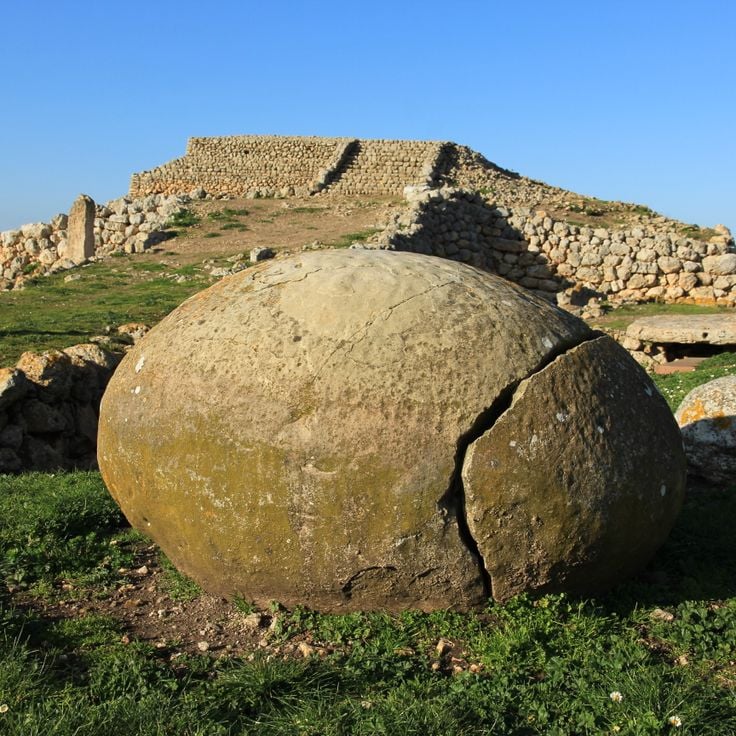
Sassari, Italy
The stone altar from 4000 BCE features a platform with a 40-meter long ramp.

Santa Teresa Gallura, Italy
Built in 1845, the lighthouse stands on a granite promontory overlooking the Strait of Bonifacio.
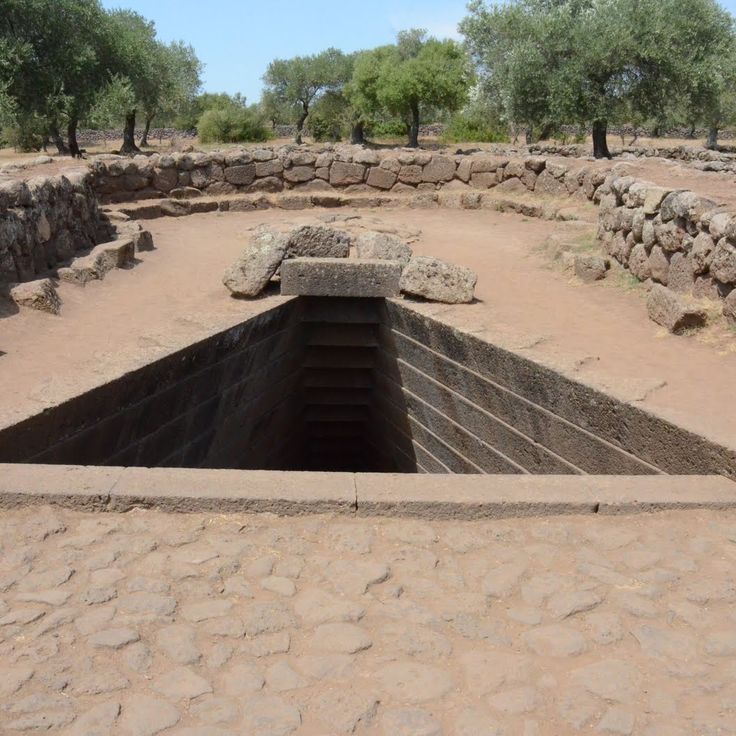
Paulilatino, Italy
The bronze age nuragic well features precise stone architecture with stairs leading to the water level.
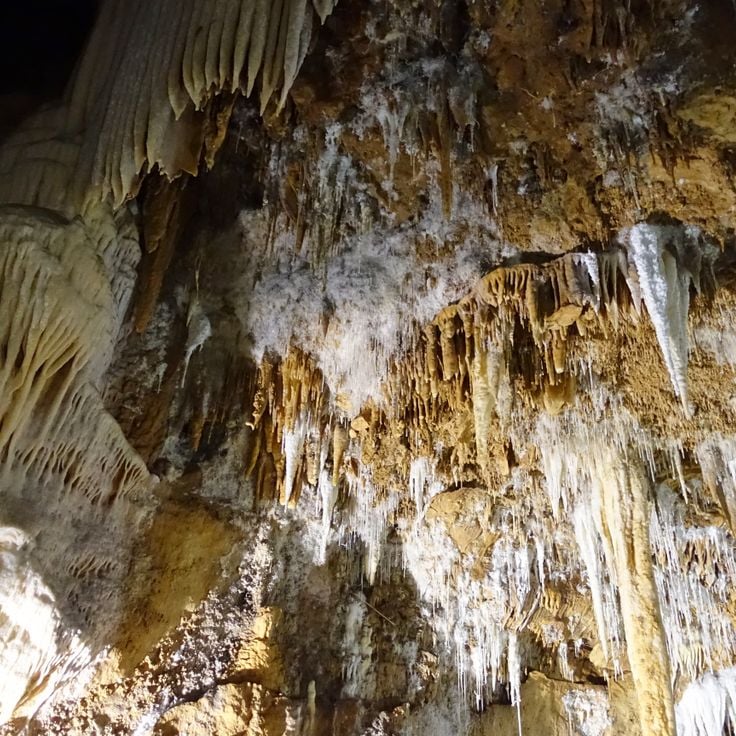
Santadi, Italy
The cave system extends 1500 meters with aragonite crystals and various limestone formations.
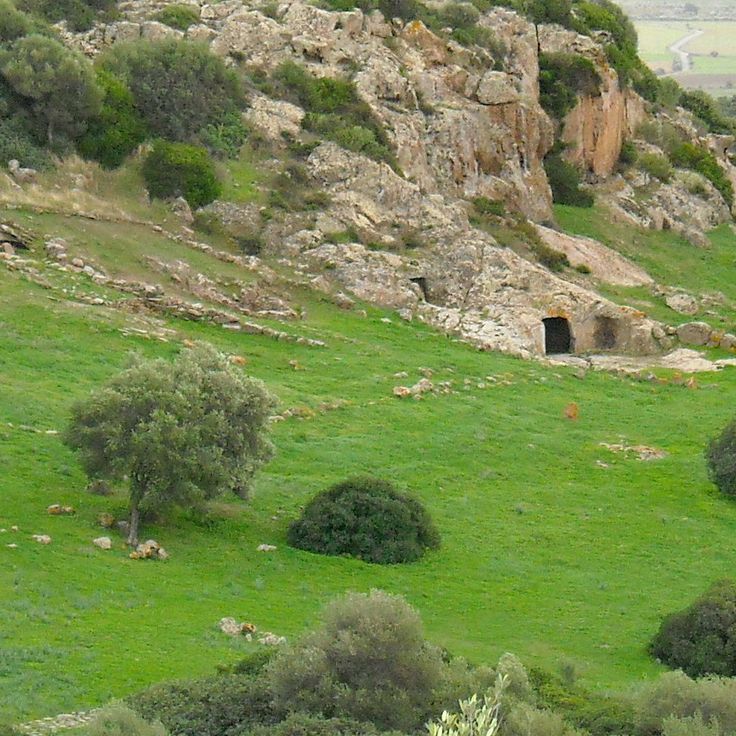
Villaperuccio, Italy
The necropolis contains 40 rock-cut tombs dating from between 4000 and 3000 BCE.

Stintino, Italy
The white sand beach measures 300 meters in length and offers a view of the Spanish tower.
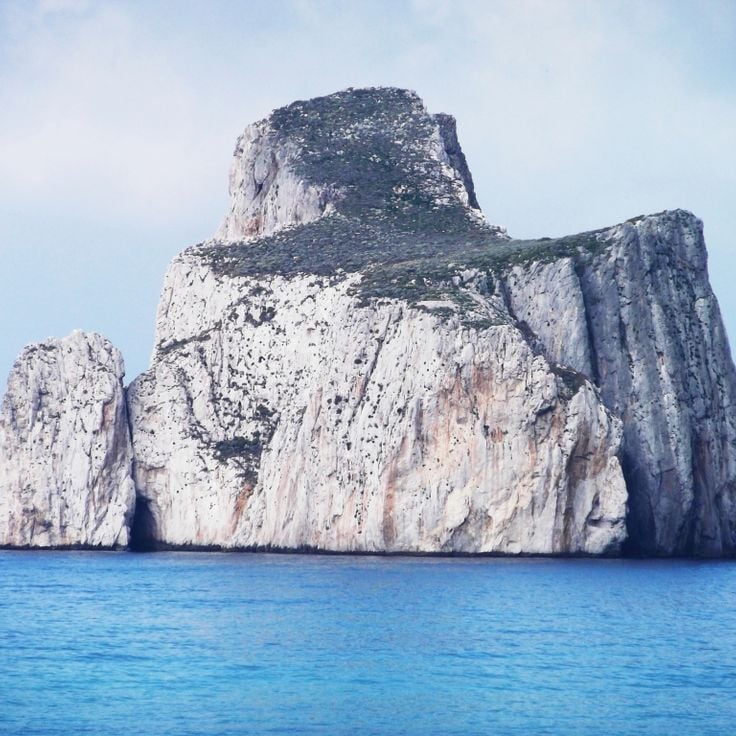
Iglesias, Italy
A 133-meter limestone rock formation rises from the sea. The surroundings show remains of 19th century mines.
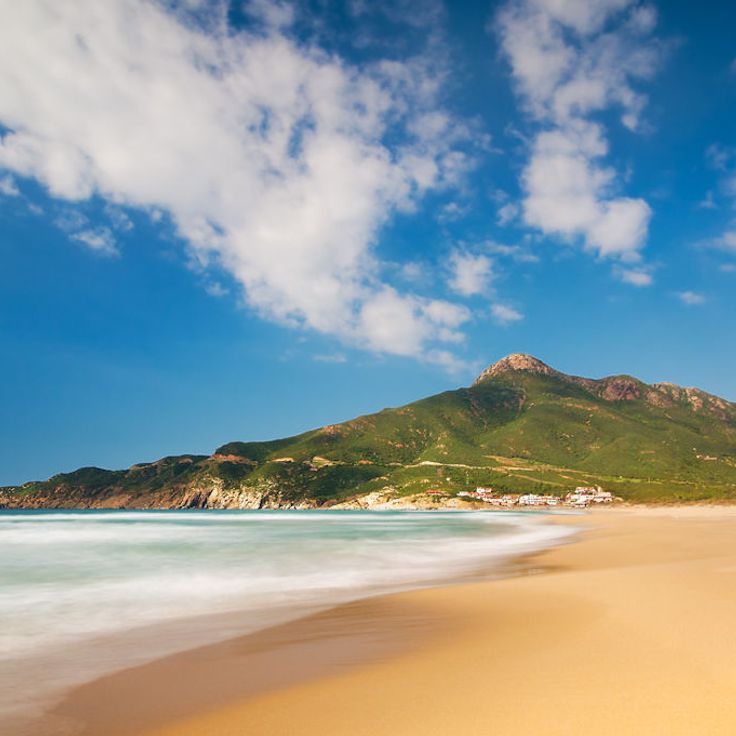
Fluminimaggiore, Italy
The 2-kilometer sandy beach is lined with juniper trees. Cliffs and rocks surround the bay.

Dorgali, Italy
The bay measures 800 meters and contains six large caves. The beach consists of light, coarse sand.

Orosei, Italy
The 860-hectare protected area includes five beaches, pine forests and coastal hiking trails.
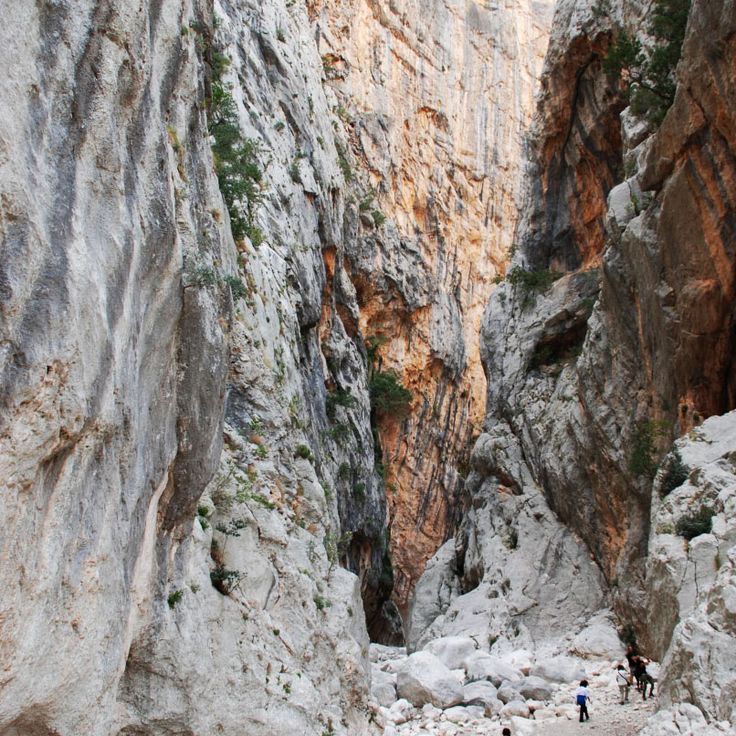
Urzulei, Italy
This 500-meter deep limestone gorge was formed by the erosion of the Flumendosa River over millions of years.

Torralba, Italy
The three-story megalithic tower from the Bronze Age reaches a height of 17 meters with a diameter of 15.5 meters.
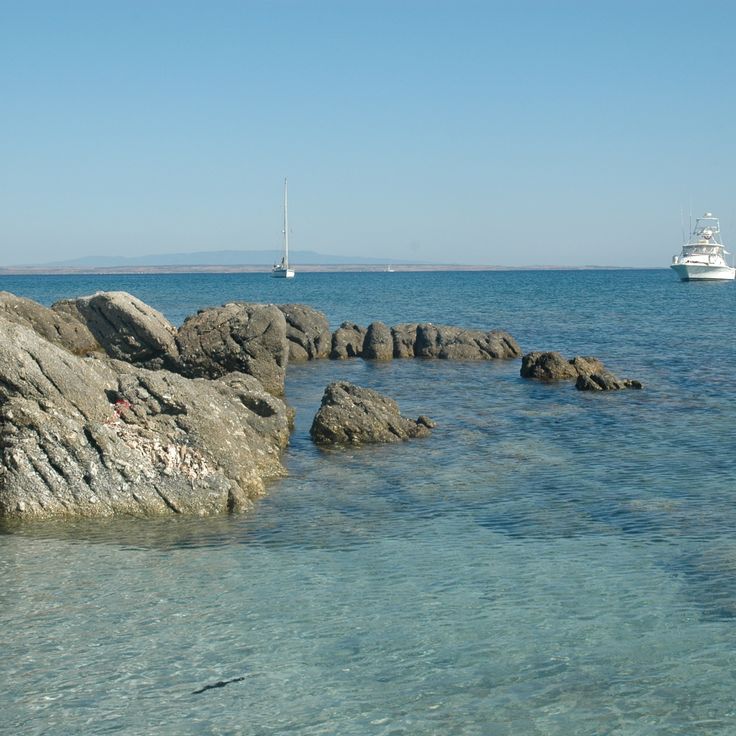
Oristano, Italy
The granite island measures 80 hectares and contains several endemic plant species and Phoenician and Roman remains.

Fluminimaggiore, Italy
The temple was built in the 3rd century BC and restored in Roman style during the 3rd century AD.
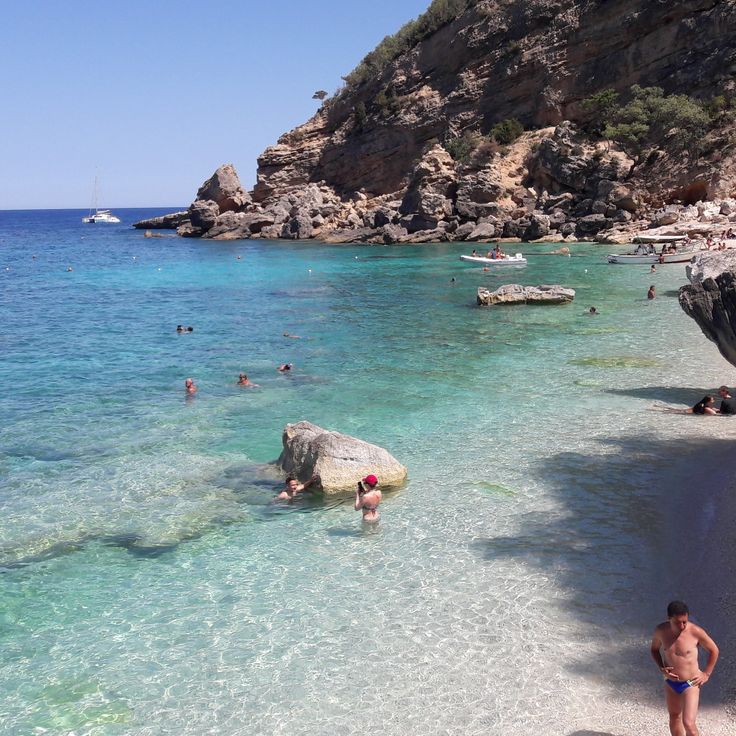
Baunei, Italy
The beach features white sand and turquoise water between limestone cliffs. Access is available through hiking trails or boats.
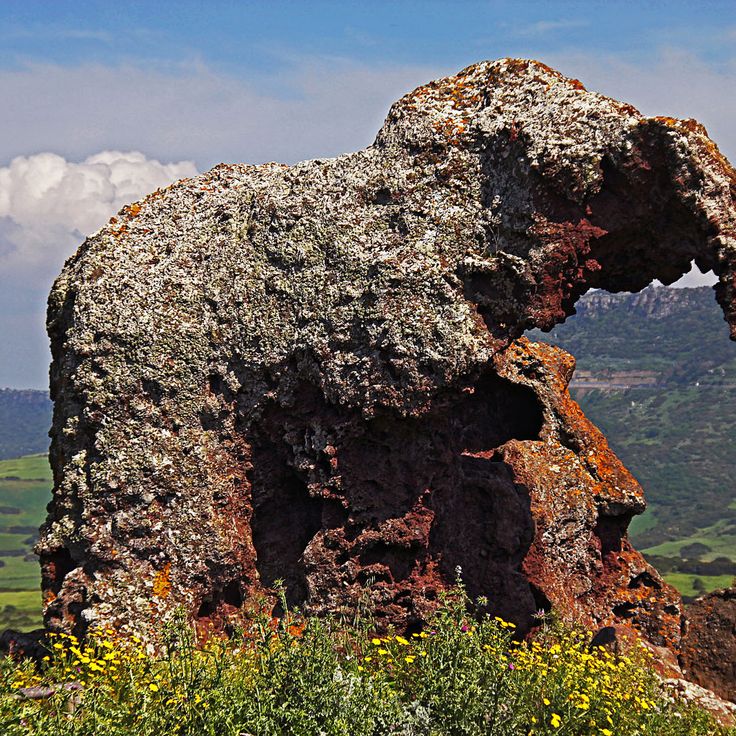
Castelsardo, Italy
The red trachyte stone has eroded into an elephant shape. Inside are two burial chambers from the Domus de Janas period.
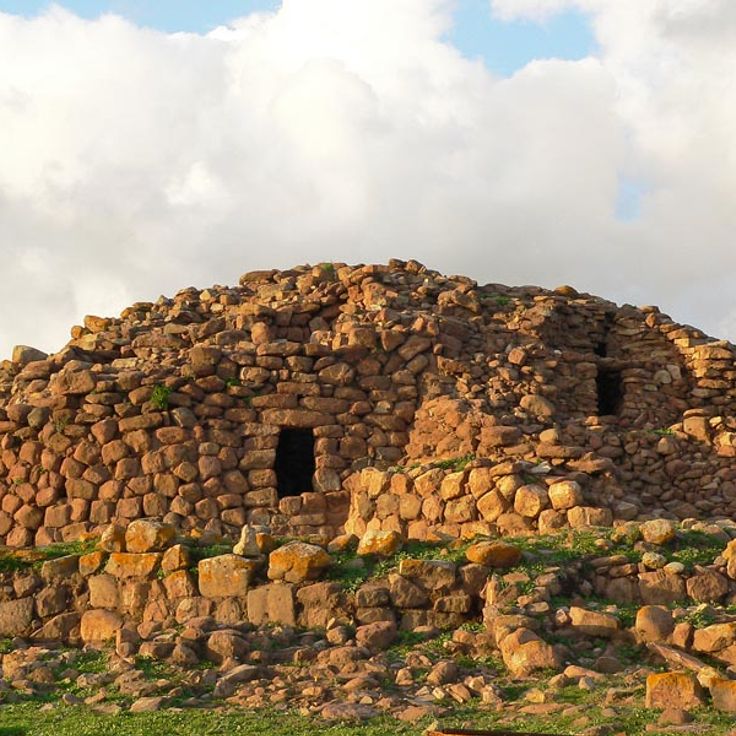
Gonnesa, Italy
The complex consists of a central tower and four secondary towers, surrounded by a village of 100 round huts from the Bronze Age.

Villacidro, Italy
The waterfall drops 30 meters over granite rocks. A marked path through Mediterranean vegetation leads to the viewpoint.
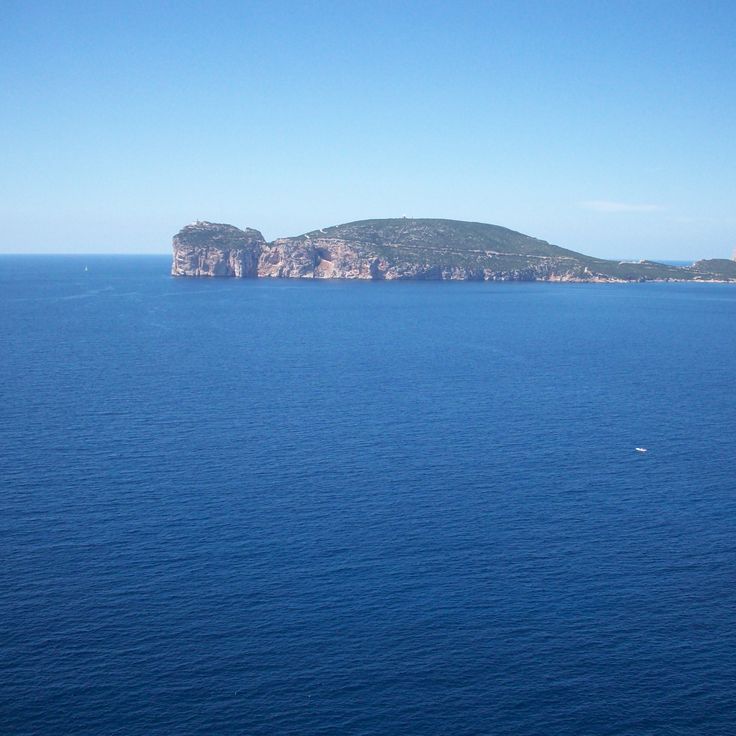
Alghero, Italy
Limestone cliffs rise 300 meters above the sea and contain a network of marine caves with stalactites.
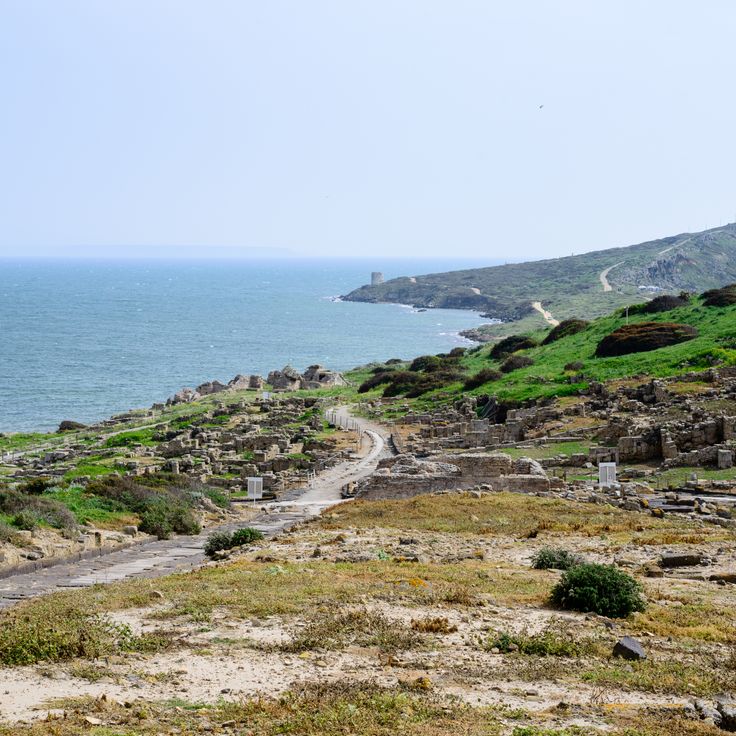
Cabras, Italy
Archaeological site with columns, thermal baths and temples from the 8th century BC, built by Phoenicians and Romans.
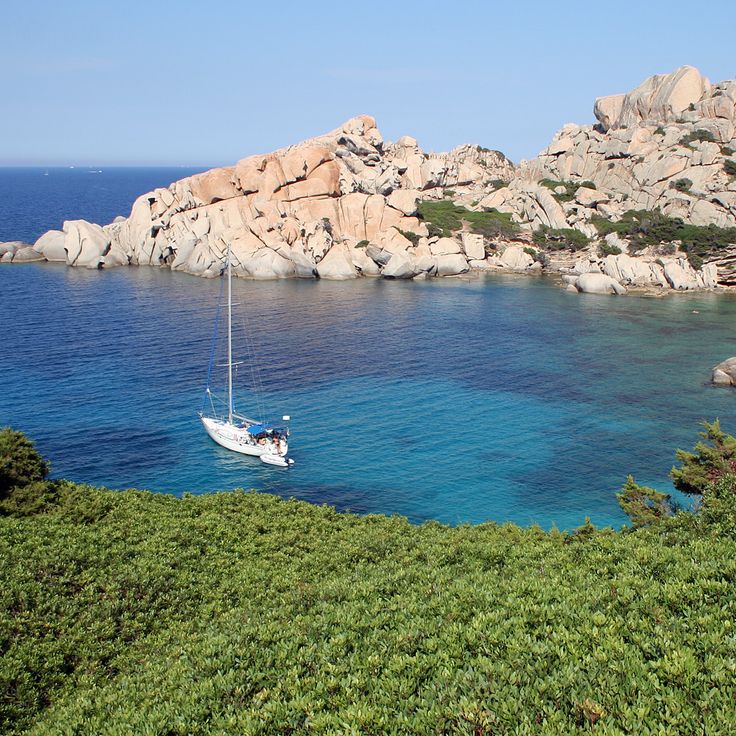
Santa Teresa Gallura, Italy
Granite rocks surround this small bay with turquoise water containing numerous fish and coral formations.
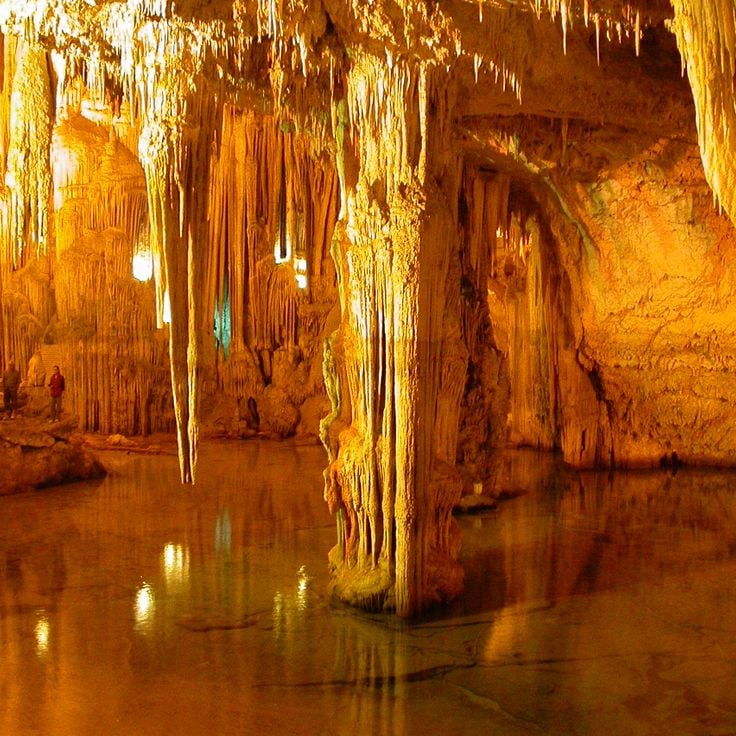
Alghero, Italy
A cave system containing a salt lake, stalactites and stalagmites, accessible via 656 steps or by boat.
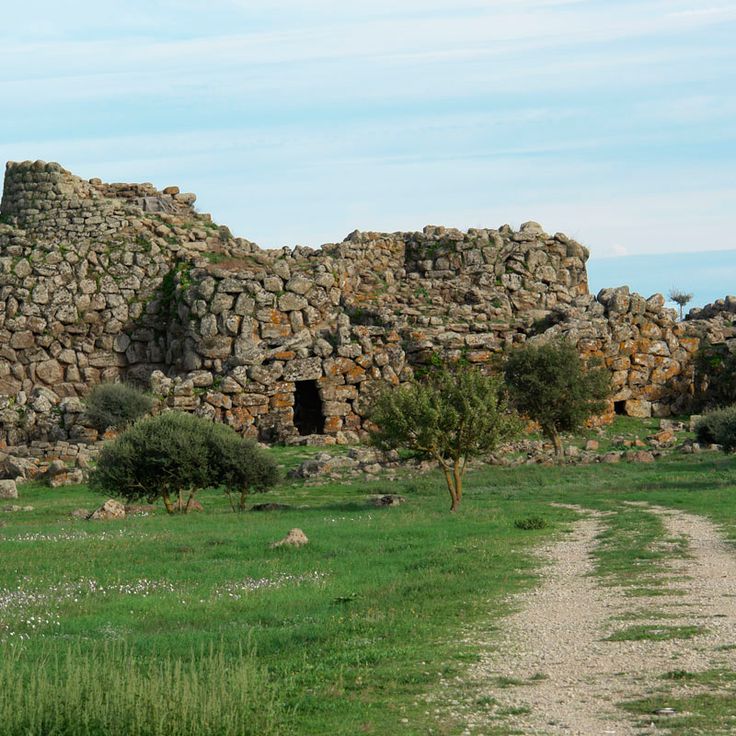
Orroli, Italy
The complex consists of 17 towers surrounding a central tower and stands as one of the largest nuraghi in Sardinia.
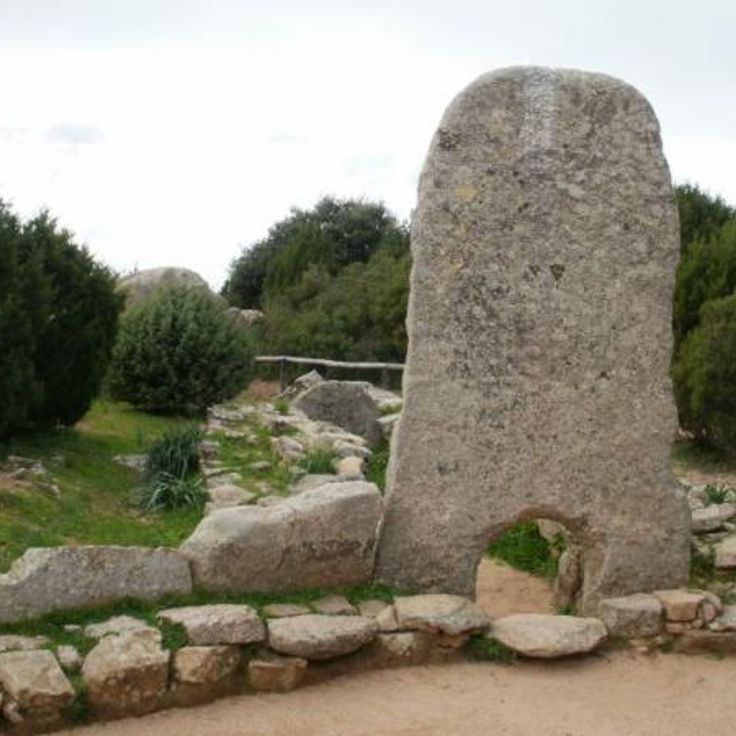
Palau, Italy
This burial site from the 2nd millennium BC extends 13 meters and served as a burial ground for the nuragic community.
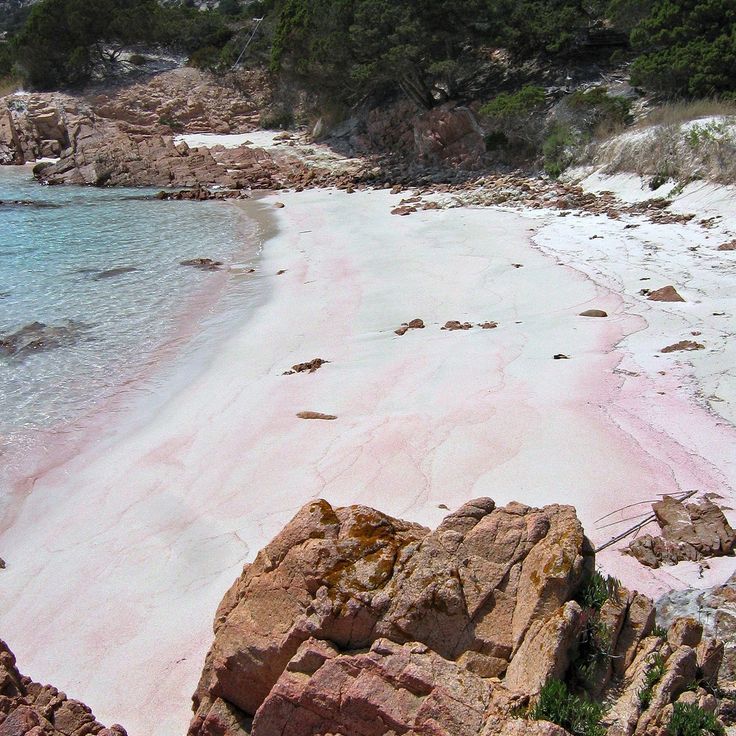
La Maddalena, Italy
The sand gets its coloring from crushed corals and shells. The beach has been closed to visitors since 1994.
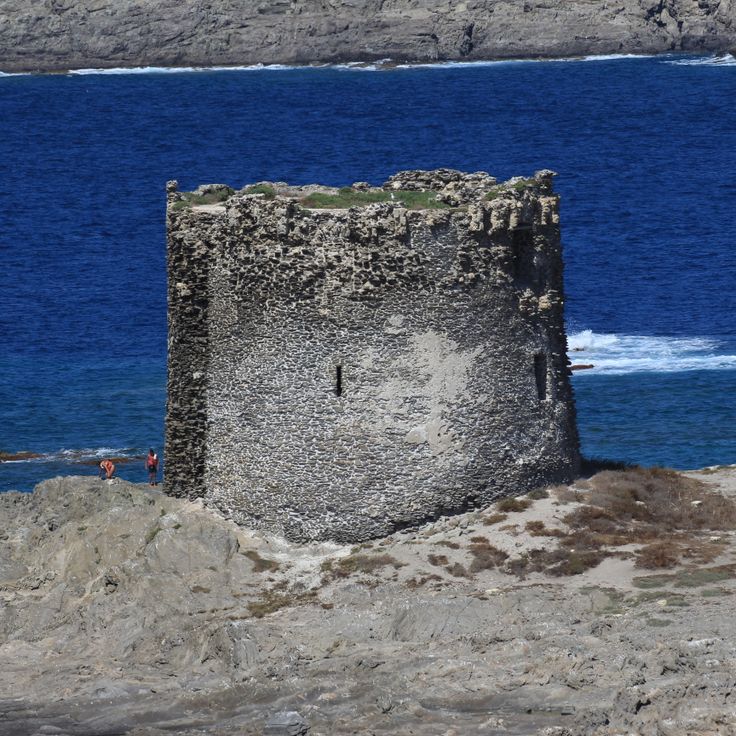
Stintino, Italy
This 16th-century defense tower stands on a small island and was part of the coastal defense system against pirate attacks.

La Maddalena, Italy
This bay on Spargi island features white sand and turquoise water between granite rocks.
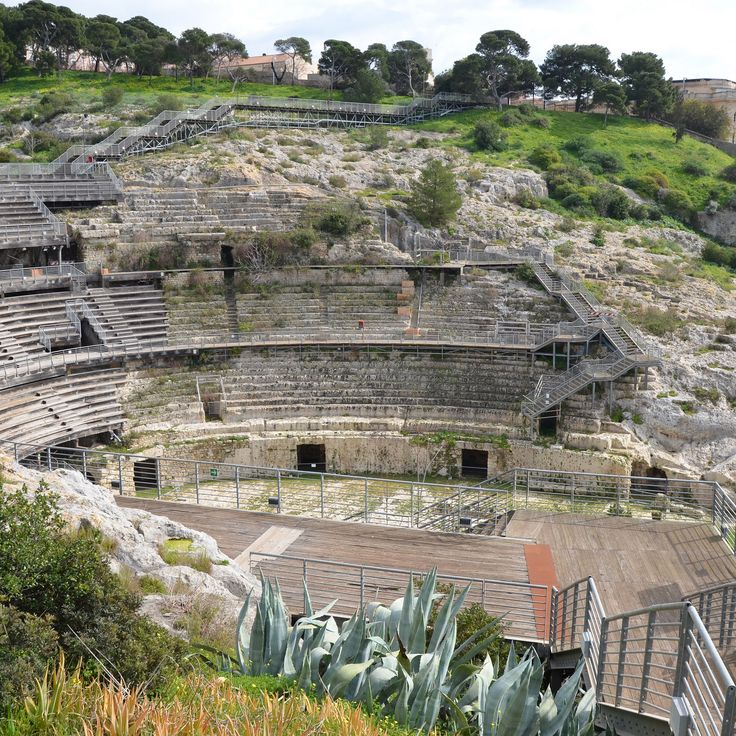
Cagliari, Italy
This second-century theater cut into limestone holds 10000 spectators for performances.
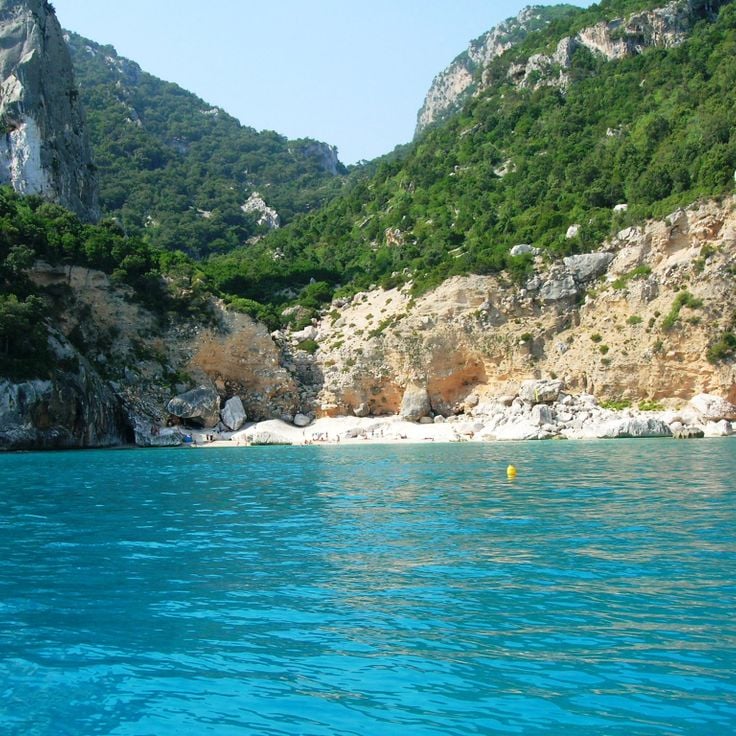
Baunei, Italy
A beach with 143-meter limestone cliffs and a natural stone arch over the water.
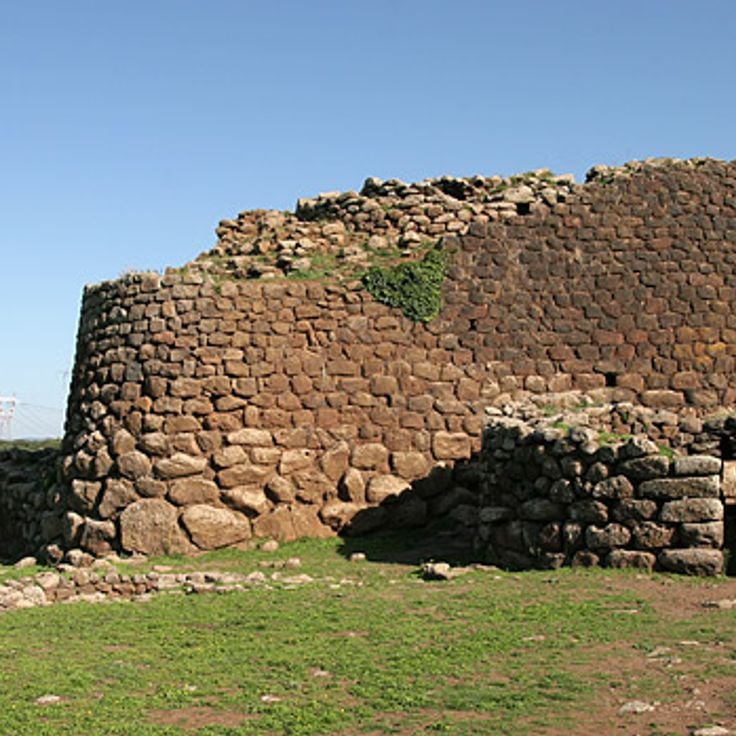
Abbasanta, Italy
A Bronze Age tower with three side towers, built in 1500 BC using basalt blocks.
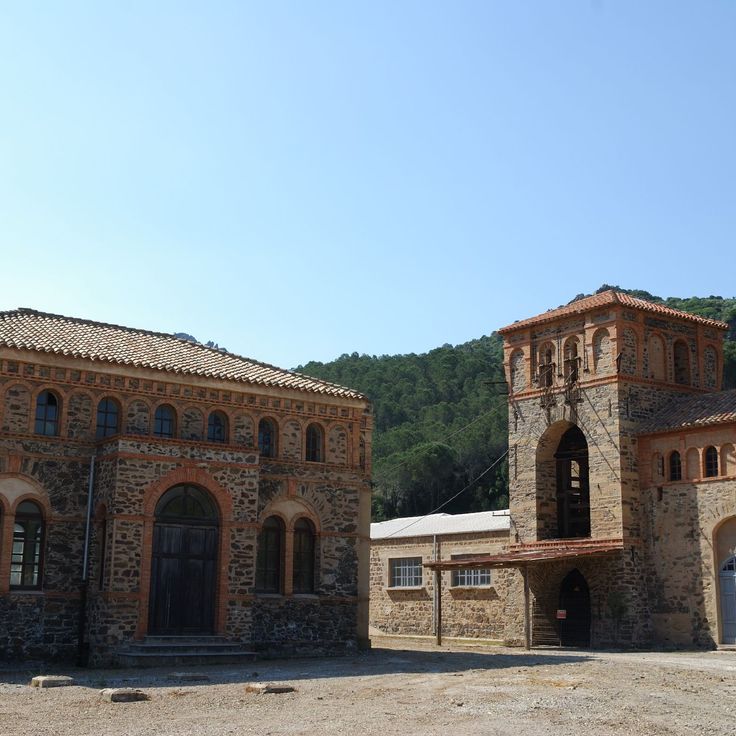
Guspini, Italy
The industrial complex includes tunnels, processing facilities and administrative buildings from the 19th century. The site operated until 1991.
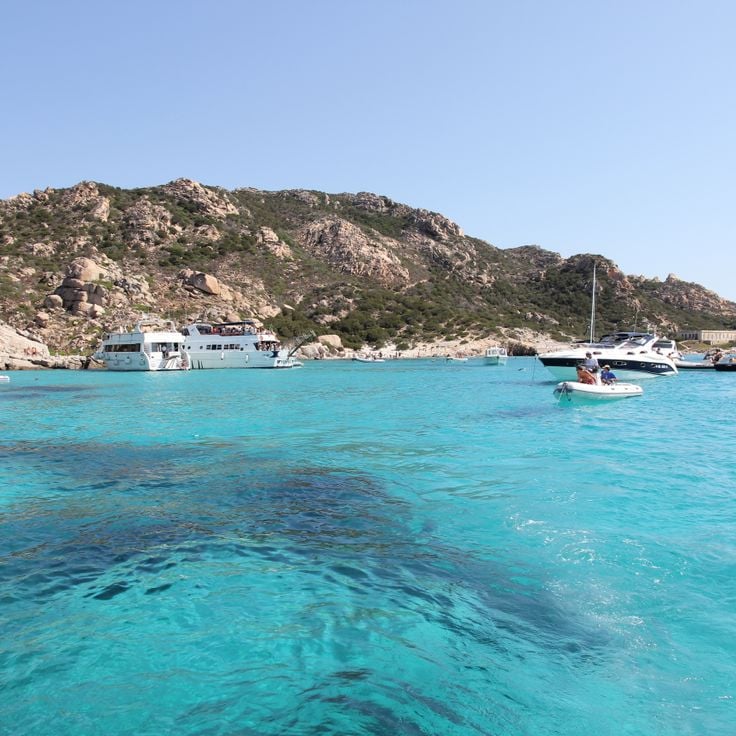
La Maddalena, Italy
The park consists of seven main islands and 55 small rocks and reefs. The marine protected area covers 15,000 hectares.

Arbus, Italy
The villa was built in 1897 and has been vacant since 1956. The garden contains Mediterranean plant species and a pond.
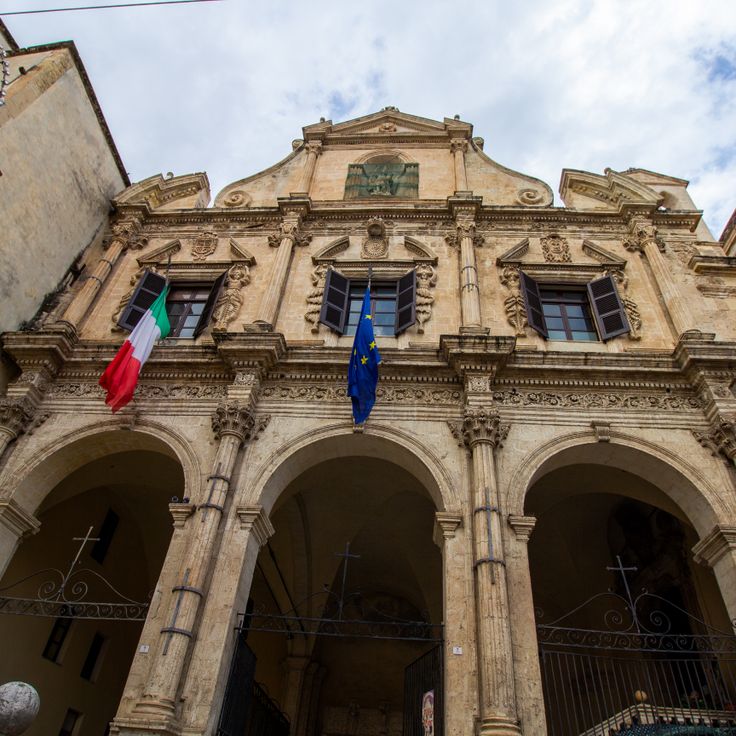
Cagliari, Italy
The Romanesque church from the 13th century contains wall paintings from different periods. The building was restored in 1943.
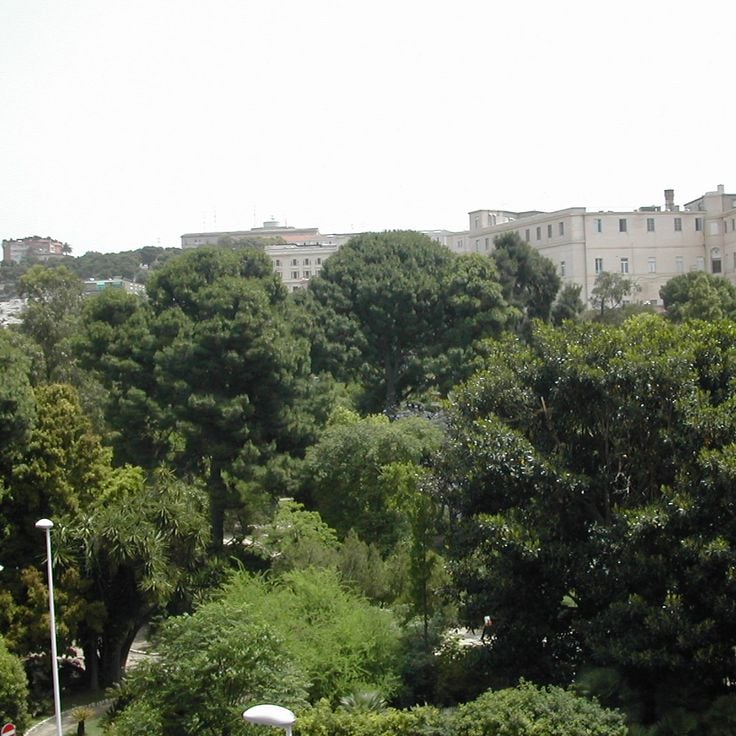
Cagliari, Italy
Founded in 1866, the garden contains 2000 Mediterranean and exotic plant species across 5 hectares with research facilities.
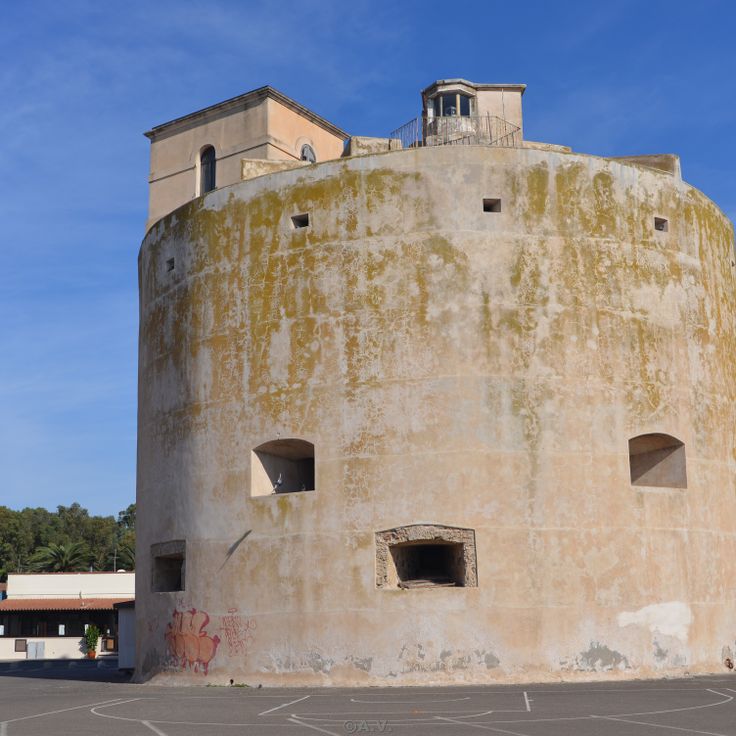
Oristano, Italy
Built in the 16th century, this 19-meter defense tower served as an observation post against pirate attacks.
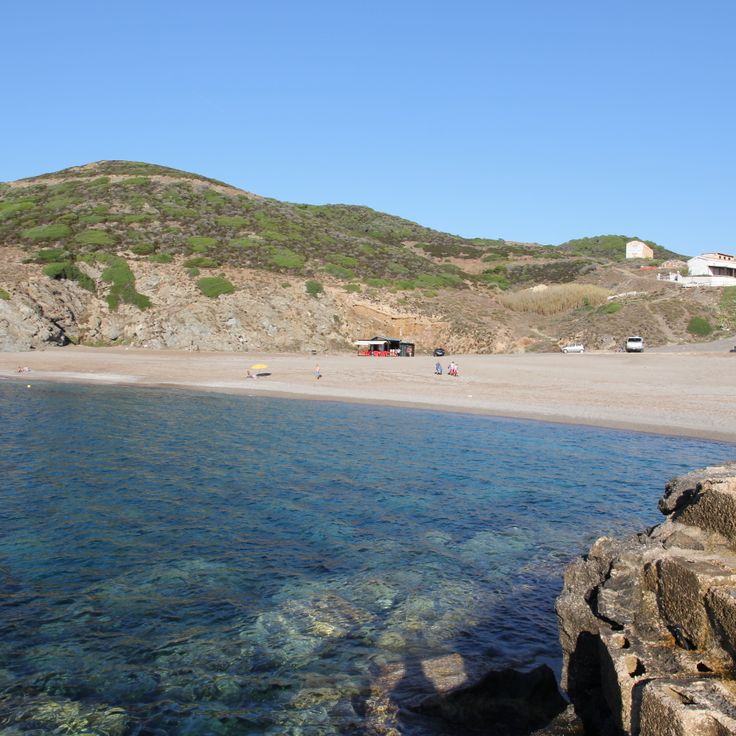
Sassari, Italy
The 500-meter beach sits next to an abandoned silver mine with historical industrial buildings from the 19th century.
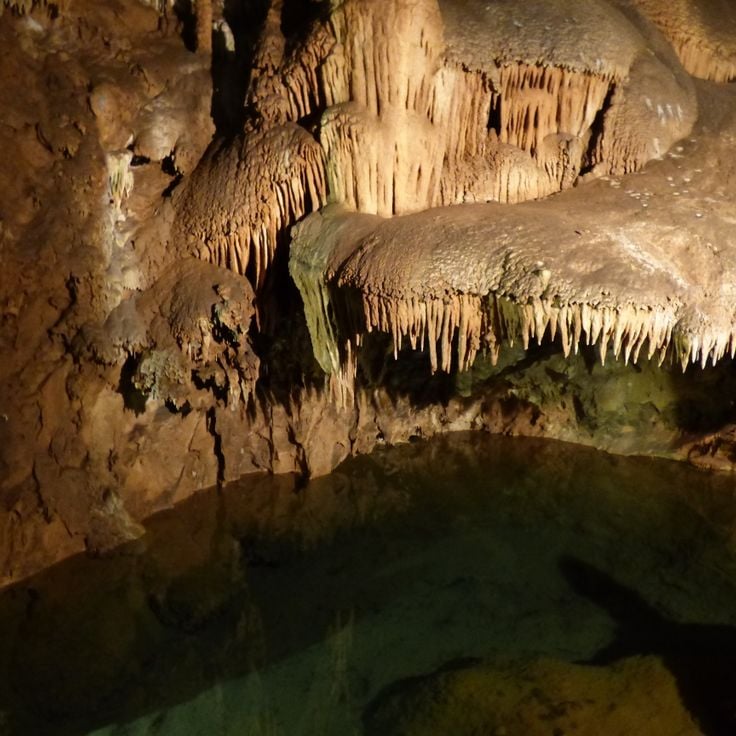
Fluminimaggiore, Italy
The 8-kilometer cave system contains stalactites, stalagmites and underground lakes with a temperature of 16 degrees.











































